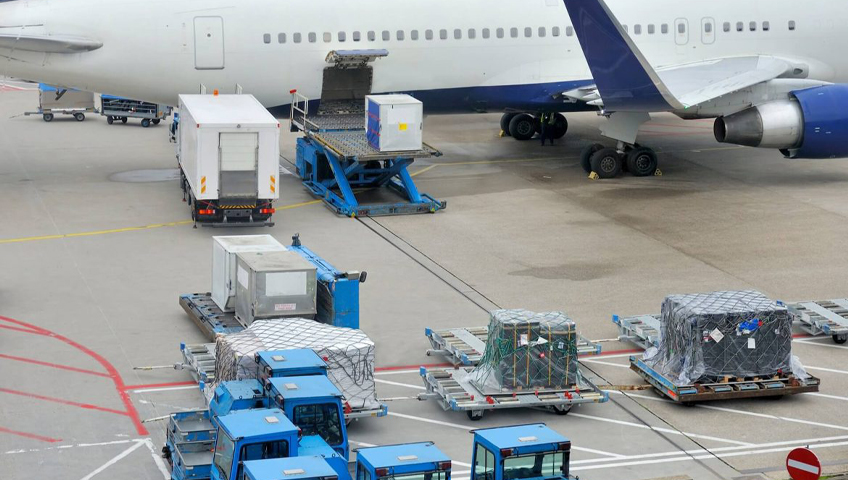
Domestic and International Dangerous Goods Transportation
When you ship dangerous goods, also known as hazardous materials or hazmat, you must comply with laws and regulations that may apply to your business. The laws and regulations depend on the region in which you are shipping goods.
You must comply with all international, federal, state, and local laws in every jurisdiction where your products are shipped. You must understand the laws and regulations that apply to your business. If you violate the laws in any jurisdiction where you operate, Shopify may remove your product or terminate your online store.

Product Requirements
Most items can be shipped without additional considerations. However, international, federal, and state regulations may restrict or prohibit you from shipping certain items. To comply with local laws and carrier restrictions, you must follow these regulations.
Review the Hazardous Materials Regulations for information on the status of dangerous goods in the United States:
- Classified
- Documented and reported
- Treated
- Prepared and packaged
- Neatly stowed
See the International Civil Aviation Organization (ICAO) Technical Instructions for the Safe Transport of Dangerous Goods by Air for information on shipping dangerous goods worldwide.
Shipping restricted or prohibited items with Shopify services
You can find specific information about Shopify Shipping with Plato Logistics or shipping products through the Shopify Fulfillment Network (SFN), such as the following resources: * Restricted items and goods for Plato Logistics shipping. * SFN product eligibility.
Shipping dangerous goods in the U.S. and internationally
Dangerous goods are any substances or materials that can pose an unreasonable risk to health, safety, and property during transportation.
Examples of dangerous goods include the following items:
- Backyard products such as gasoline-powered lawn mowers, pest control products, drones, or other battery-operated products.
- Bathroom products such as perfumes, nail polish, deodorant sprays, or mouthwash.
- Garage products such as tire cleaning solution, butane canisters, or spray paint.
- Kitchen products such as kitchen cleaners, cooking spray, vanilla extract, or dry ice.
- Office products such as lithium battery laptops, printer cartridges and ink, or chargers.
If these products are shipped without being properly classified, marked, labeled, documented, packaged, or handled, they can become dangerous during transit. Vibration, static electricity, temperature, or pressure changes can cause leaks, release toxic fumes, ignite, or even explode if not handled correctly.
Once a product is identified as dangerous goods, ensure that all individuals involved in packing or shipping dangerous goods receive proper training.
You can find specific training information online, such as the following resources:
- Hazardous Materials Regulations training
- ICAO global aviation training
- Pipeline and Hazardous Materials Safety Administration (PHMSA) training modules
- Transportation Safety Institute
Preparing to ship dangerous goods in the U.S. and internationally
- You can obtain a Safety Data Sheet (SDS) from the manufacturer to check the Transport Information section for shipping risk details related to the product you want to ship.
- You can use the SDS to determine whether your product is restricted or prohibited for transport by road, air, rail, or sea.
- When packing the product, consider the following:
- Follow the packaging instructions specified by the manufacturer.
- Choose packaging suitable for the type, nature, and quantity of hazardous materials you are shipping.
- Fill voids with appropriate materials as specified by the manufacturer.
- Ensure proper sealing according to the manufacturer’s closure instructions.
- Add the correct marks and labels to identify potential hazards.
- Complete shipping documentation so the carrier knows the material you are transporting.
Resources
You can find specific information on mandatory marks and labels under the Hazardous Materials Regulations online, such as:
- Appendix C – Shipping Papers
- Appendix D – Marking
- Appendix E – Labeling
You can find dangerous goods information online, such as:
- ICAO Dangerous Goods
- SafeCargo for shippers and startups by the Federal Aviation Administration (FAA)
- Check the Box campaign by the U.S. Department of Transportation
